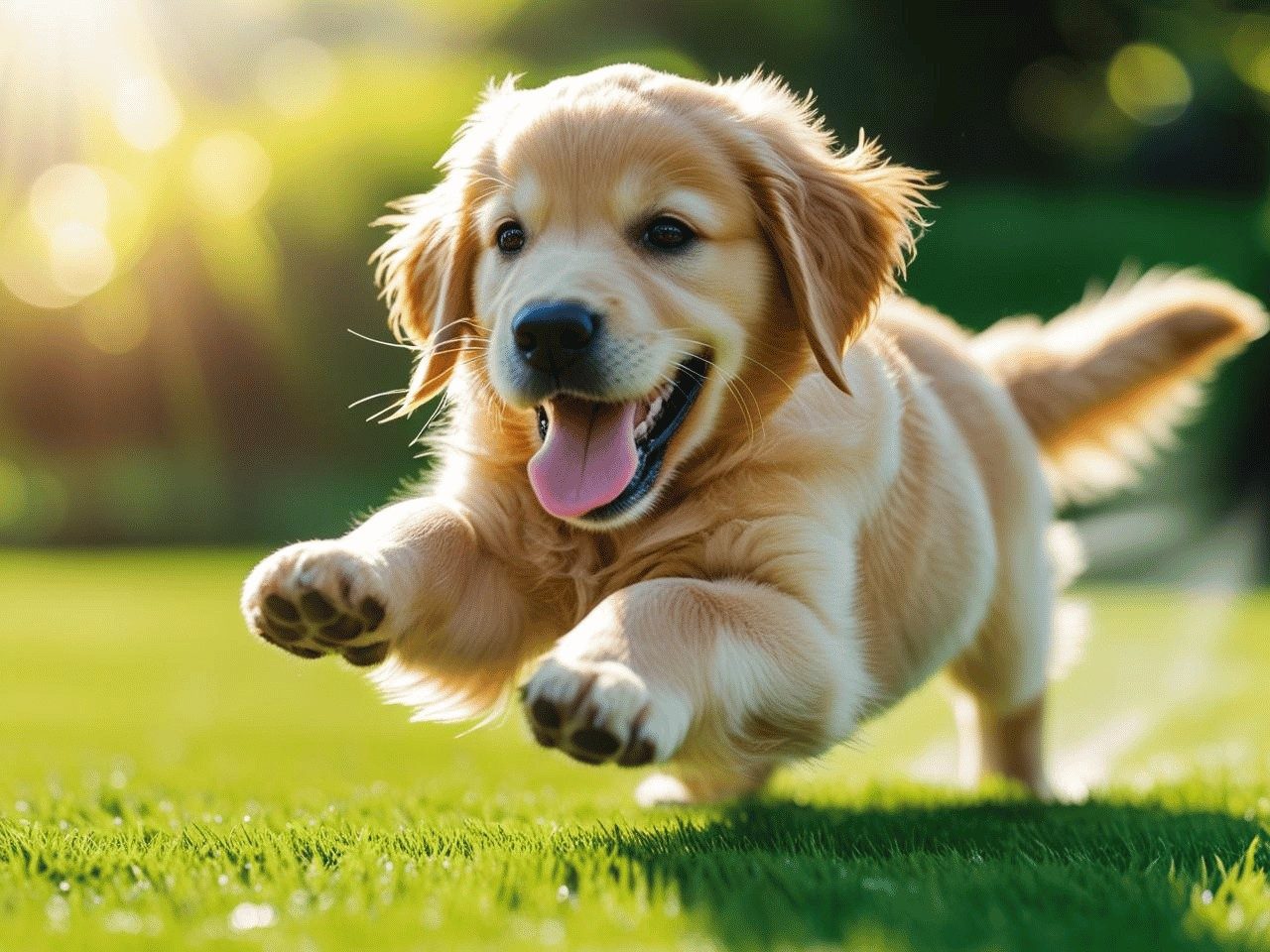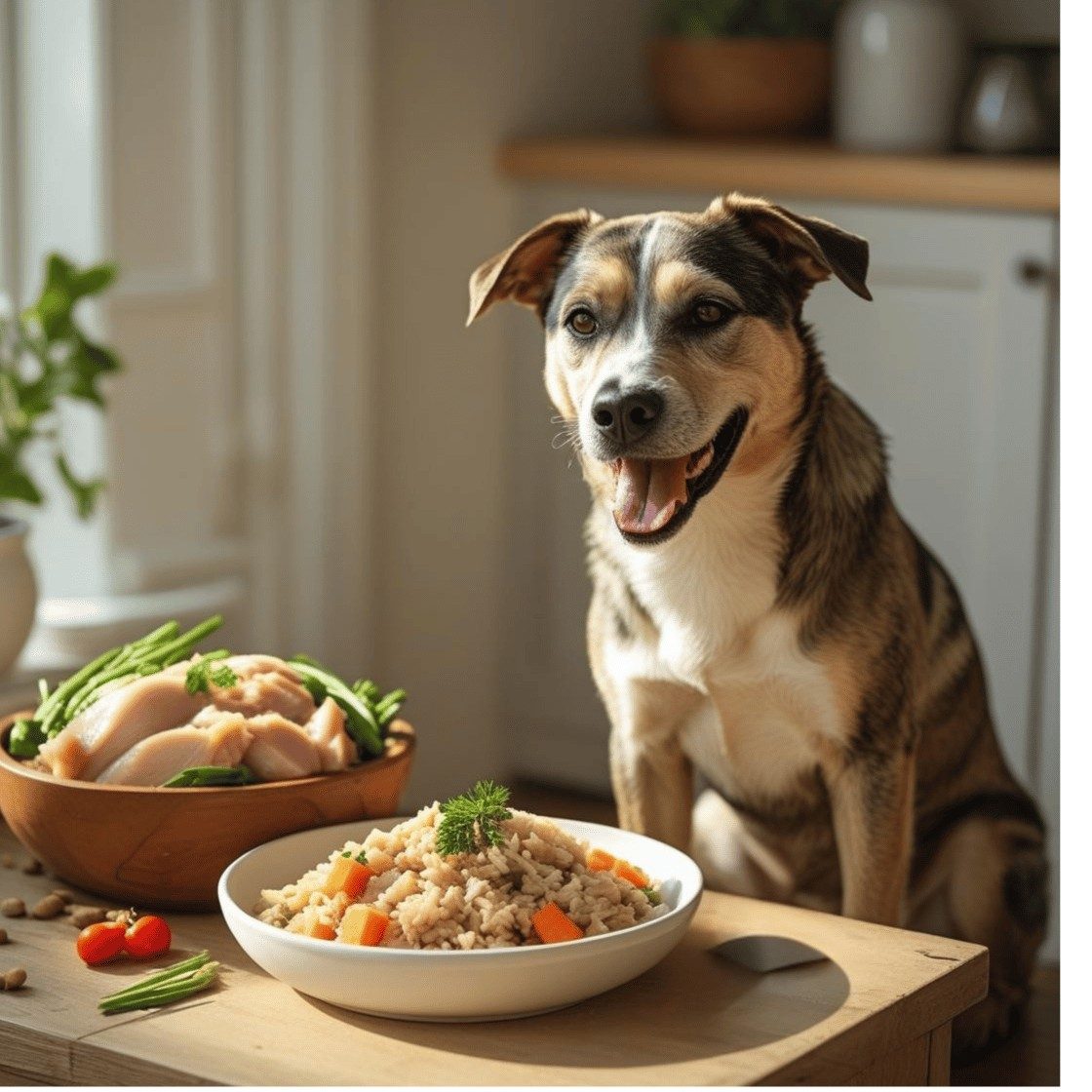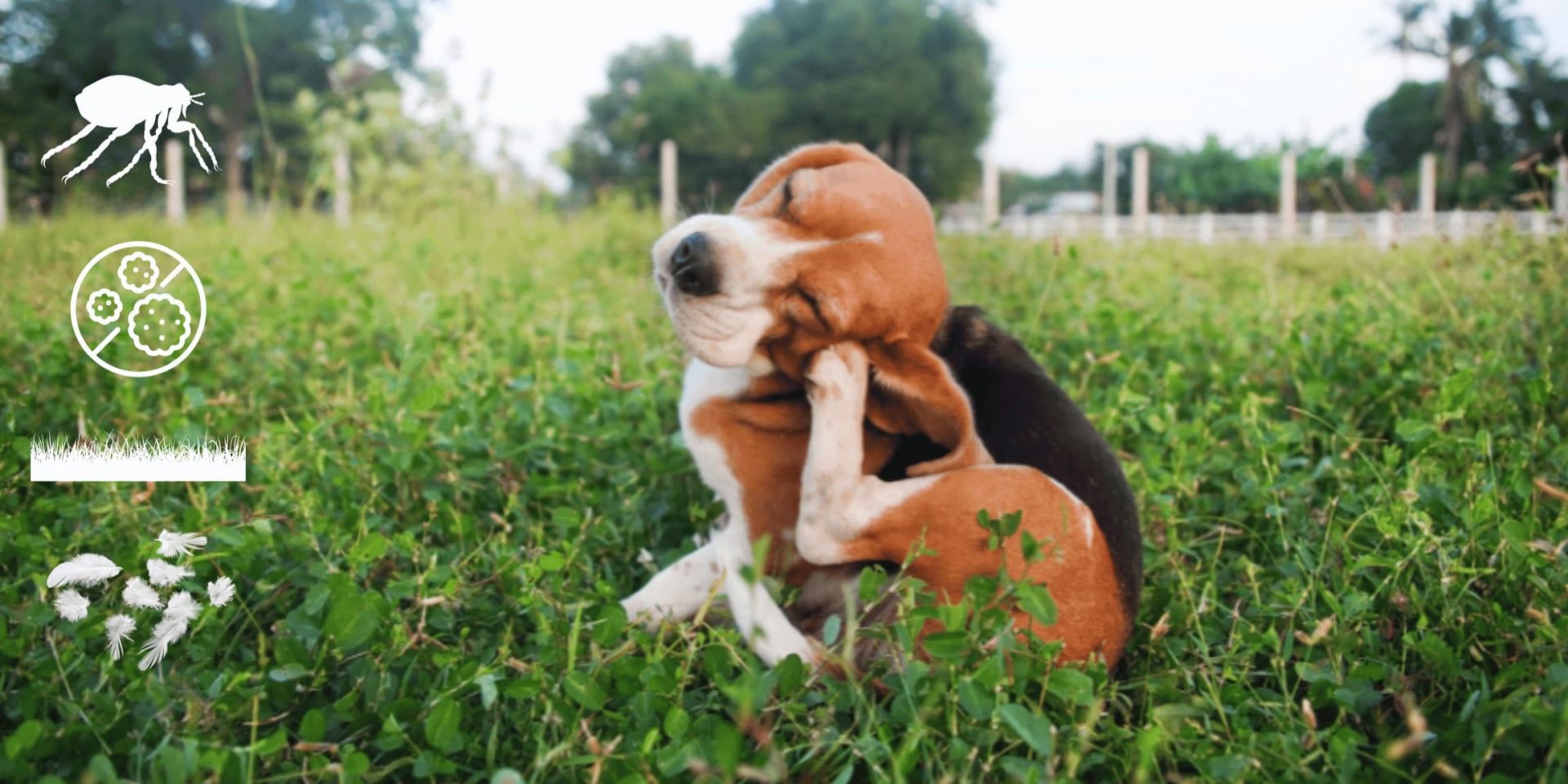Why Do Dogs Chase Their Tails: Uncovering the Mystery
Have you ever watched your dog go round and round in circles, chasing its tail with pure, unbridled enthusiasm? It’s a scene that can be both amusing and puzzling. You might find yourself wondering, “Why do dogs chase their tails? ” Is it just a fun game for them, or is there something more going on? We’re diving into the fascinating world of tail-chasing. Understanding this behavior can strengthen your bond with your furry friend and help you ensure their well-being. Plus, knowing why your dog does this can provide you with peace of mind, knowing whether it’s simply play or a sign of something else. So, let’s unravel the mystery together and discover what really drives this quirky canine behavior. Stay with us to uncover the secrets behind your dog’s playful pursuit! Instinctual Behaviors Dogs often chase their tails for various reasons. One common cause is instinctual behavior. This behavior is inherited from their wild ancestors. Tail chasing can serve different purposes for different dogs. Let’s explore these instinctual behaviors in detail. Understanding Predatory Instincts Dogs have strong predatory instincts. They are natural hunters. Chasing a tail mimics hunting behaviors. This activity helps them practice their hunting skills. It keeps their instincts sharp and active. Exploring Playful Energy Puppies have a lot of energy. They need ways to release it. Chasing their tails is a fun game for them. It helps them burn off excess energy. This playful behavior is normal and healthy. Reacting To Boredom Dogs get bored easily. A lack of stimulation can lead to tail chasing. It becomes a way to entertain themselves. Providing toys can reduce this behavior. Dogs love attention from their owners. Tail chasing can draw that attention. Owners often find it amusing. This encourages the dog to repeat the behavior. Responding To Stress Stress affects dogs just like humans. Changes in environment can cause anxiety. Tail chasing might be a coping mechanism. It’s important to identify stressors in their environment. Playful Acts Dogs have an uncanny ability to entertain themselves with the simplest acts. One of these amusing behaviors is tail chasing. It often leads to playful moments that bring joy to both dogs and their owners. Understanding why dogs chase their tails can provide insights into their playful nature. Let’s explore this delightful phenomenon further. Playful Curiosity Dogs are naturally curious animals. A wagging tail might catch their eye as something new. This curiosity often leads to playful tail chasing. It’s like a game of hide and seek. They chase their tails to explore and understand this moving object. Energy Release Sometimes, tail chasing is just a way to burn off energy. Dogs, especially puppies, have bursts of energy. Chasing their tails helps them release pent-up excitement. It’s a fun way to keep them active and engaged. Dogs are social creatures. Tail chasing can be a way to get your attention. When they see you laughing or engaging, they do it more. It’s their way of saying, “Look at me! I’m fun!” This act strengthens the bond between you and your pet. Developing Coordination Tail chasing helps dogs develop better coordination. It challenges them to twist and turn. Puppies especially benefit from this playful act. As they grow, their movements become more controlled and deliberate. Emotional Expression Dogs express emotions through their actions. Tail chasing can show happiness or excitement. It’s a way for them to share their joy. This playful behavior is a glimpse into their cheerful world. Attention Seeking Dogs chasing their tails can be an entertaining sight. Sometimes, this behavior serves a deeper purpose. One common reason is attention seeking. Dogs crave interaction and love to be noticed. Tail-chasing can be their way to get you to look their way. They might spin around until you laugh or clap. Your reaction becomes their reward. Why Do Dogs Seek Attention? Dogs are social animals. They thrive on interactions. When they feel ignored, they find ways to grab attention. Tail-chasing is one such method. They know it gets a reaction. This behavior is a call for engagement. Understanding Your Dog’s Needs Every dog is unique. Their reasons for seeking attention can vary. Some may feel lonely. Others might be bored. Observe your dog closely. Understanding their needs can help. It can reduce unnecessary tail-chasing. How To Respond? Responding positively is key. Offer them playtime or a walk. This can satisfy their need for attention. Avoid reinforcing the tail-chasing. Encourage positive behaviors. It strengthens your bond with your pet. Ensuring A Balanced Environment A balanced environment is crucial. Ensure your dog has toys. Regular playtime helps keep them engaged. A happy dog is less likely to chase its tail for attention. Provide love and interaction daily. Credit: www.theguardian.com Boredom Factors Dogs often chase their tails due to boredom. This behavior provides mental stimulation and physical exercise. Without enough playtime, they find this activity entertaining. Dogs are fascinating creatures with behaviors that can sometimes puzzle us, like chasing their tails. One common reason for this amusing activity is boredom. When dogs lack mental stimulation or physical activity, they might resort to tail-chasing as a way to entertain themselves. Understanding the boredom factors can help you keep your furry friend happy and engaged. Physical Activity Deficiency Dogs need exercise to stay healthy and alert. Without sufficient physical activity, they may become restless. Imagine being stuck indoors all day without anything to do. You might start pacing or fidgeting. Dogs are similar. If your dog isn’t getting enough walks or playtime, they might chase their tail as a means to release pent-up energy. Consider increasing daily walks or adding interactive games to their routine. Insufficient Mental Stimulation Mental engagement is crucial for a dog’s well-being. When dogs aren’t mentally challenged, they can get bored easily. Think about how you feel when you’re bored—your mind craves something to focus on. Dogs experience the same. Tail-chasing might be their way of engaging their mind. Provide puzzle toys or training exercises to keep their brains active. … Read more










